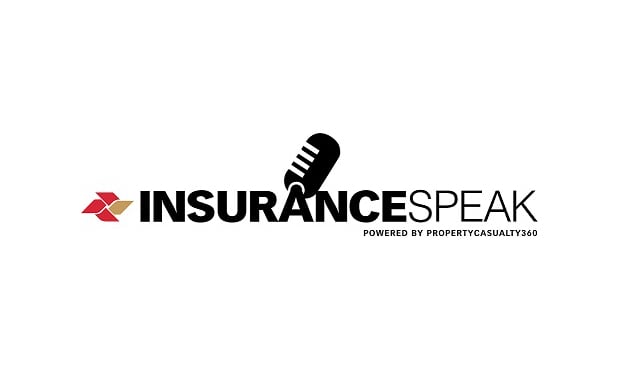Today marks the official start of the 2011 hurricane season, and forecasts indicate that activity levels will remain above the long-term historical average as a result of warmer than average sea surface temperatures (SSTs) in the Atlantic Ocean. Warmer SSTs increase the probability of hurricane formation—and given the string of catastrophe events in the first half of 2011, many wonder if hurricanes will once again wreak havoc on the U.S. coastline this season. What might the consequences be for the insurance industry?
New research that RMS released ahead of this season within its v11.0 hurricane model shows that while the immediate coastline is, by far, most vulnerable to hurricane-driven losses, properties located farther inland are at greater risk than previously recognized. Hurricane Ike’s extended damage path through Texas in 2008 brought a greater awareness to this fact. Recent research findings also confirm that this was not an anomaly but rather a wake-up call for property and casualty (P&C) insurers.
Steering Ahead
Recommended For You
Want to continue reading?
Become a Free PropertyCasualty360 Digital Reader
Your access to unlimited PropertyCasualty360 content isn’t changing.
Once you are an ALM digital member, you’ll receive:
- Breaking insurance news and analysis, on-site and via our newsletters and custom alerts
- Weekly Insurance Speak podcast featuring exclusive interviews with industry leaders
- Educational webcasts, white papers, and ebooks from industry thought leaders
- Critical converage of the employee benefits and financial advisory markets on our other ALM sites, BenefitsPRO and ThinkAdvisor
Already have an account? Sign In Now
© 2025 ALM Global, LLC, All Rights Reserved. Request academic re-use from www.copyright.com. All other uses, submit a request to [email protected]. For more information visit Asset & Logo Licensing.








